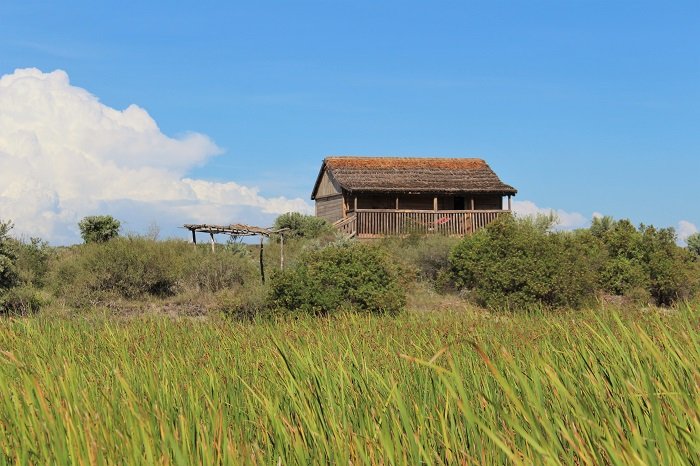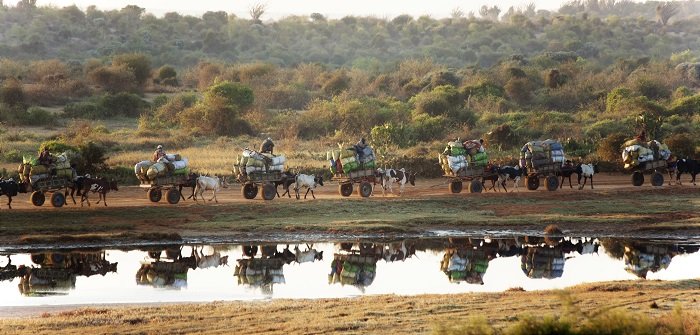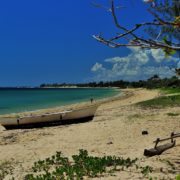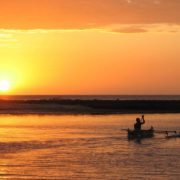Our base is situated on a sandy beach overlooking the beautiful lagoonal waters of the Bay of Ranobe
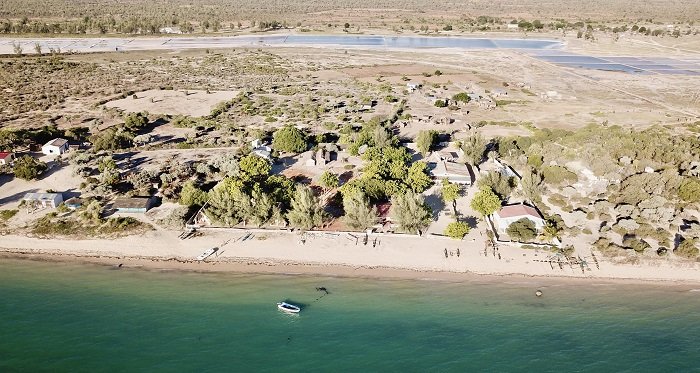
We are located in the Bay of Ranobe, southwest Madagascar. This shallow bay is protected from the open ocean by an extensive barrier reef system (one of the largest in the world), and consists of a series of patch reefs and seagrass beds. The Reef Doctor base is located on the periphery of Ifaty village, 27 km north of the main provincial town of Toliara. This is a small and traditional Malagasy fishing village; there is no mains electricity or running water and life here is basic. Due to our proximity, you can expect direct daily contact with the local Vezo people, experiencing the culture and customs of these unique communities.
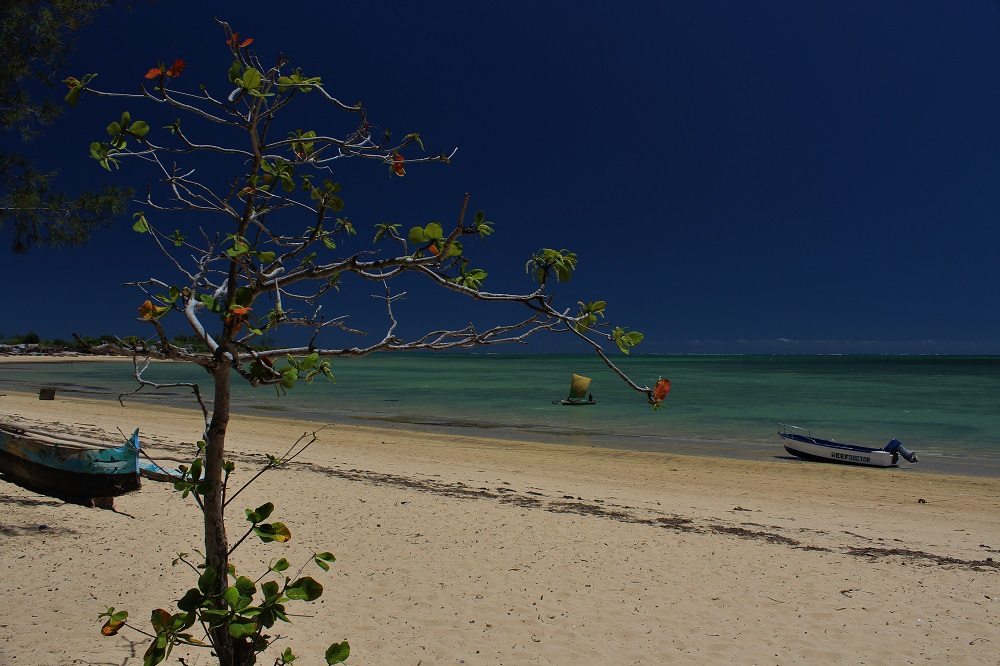
Behind Ifaty village is the spiny forest, considered one of the most endangered and unique habitats in the world. The flora of this region consists of dry weather plants such as cacti, shrubs, baobab trees, tamarind trees, and the infamous spiny octopus tree. The sandy beach outside the Reef Doctor base stretches northwards for miles. After an hour’s walk you can reach the main tourist beach destination for the region, Mangily. This region has many tourist attractions on offer at the weekends such as pirogue trips, various water sports, Spiny Forest visits, and humpback whale watching (July–October). If you wish, you will also have the opportunity to plan long weekend excursions to visit some of the national parks of the southwest Madagascar, such as Isalo.
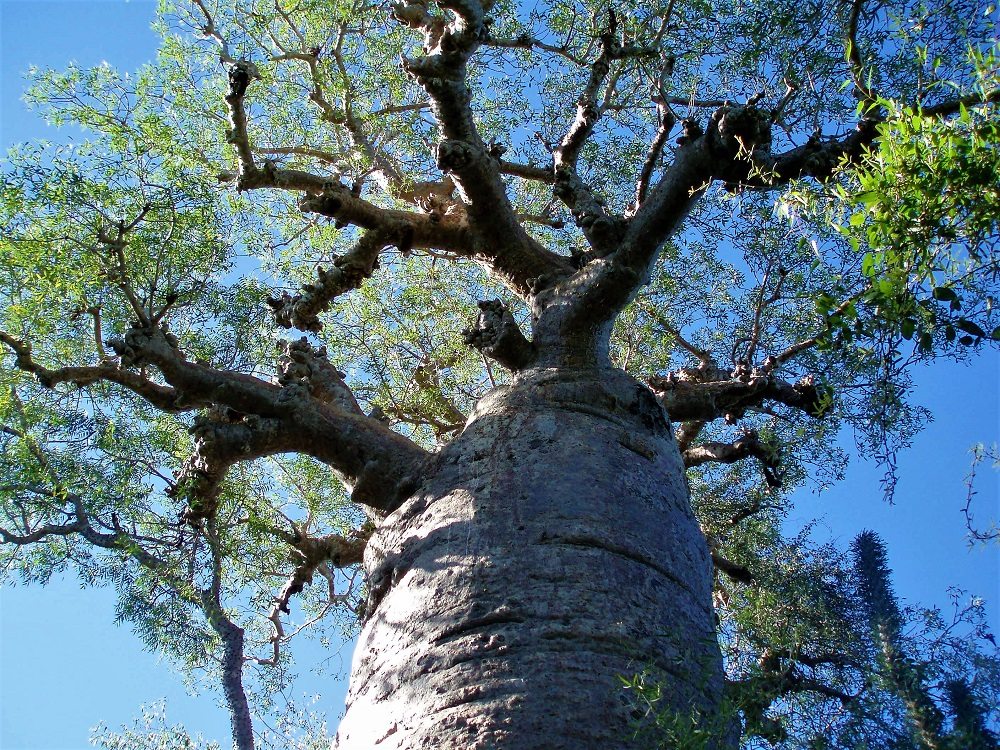
Our site is situated on a sandy beach with beautiful views of the Bay of Ranobe. This enclosed area is made up of one main house, eight brick bungalows (office space and staff accommodation), 12 interconnected single volunteer huts, one dormitory, kitchen/dining area, dive shed, and utility room for the dive compressor and generator. The main house is used as a work area for all volunteers. All huts are built from locally-sourced wood and reeds with a cement floor. Bucket-based showers are taken in enclosed wooden shower stalls using water from the on-site well. Wooden toilet stalls house drop toilets. For an additional cost, volunteers may upgrade to one of the beach front brick bungalows complete with en suite shower/toilet (bucket-based water system). Next door to this compound is land belonging to the University of Toliara. Here there are three interconnected single huts (to sleep 6 people in total) and two double huts. This is usually the main staff and intern accommodation. Our newly-refurbished community classroom from which we run all our community education programmes is also located on this site. Our aquaculture headquarters is located on a separate property on the opposite side of our main site.
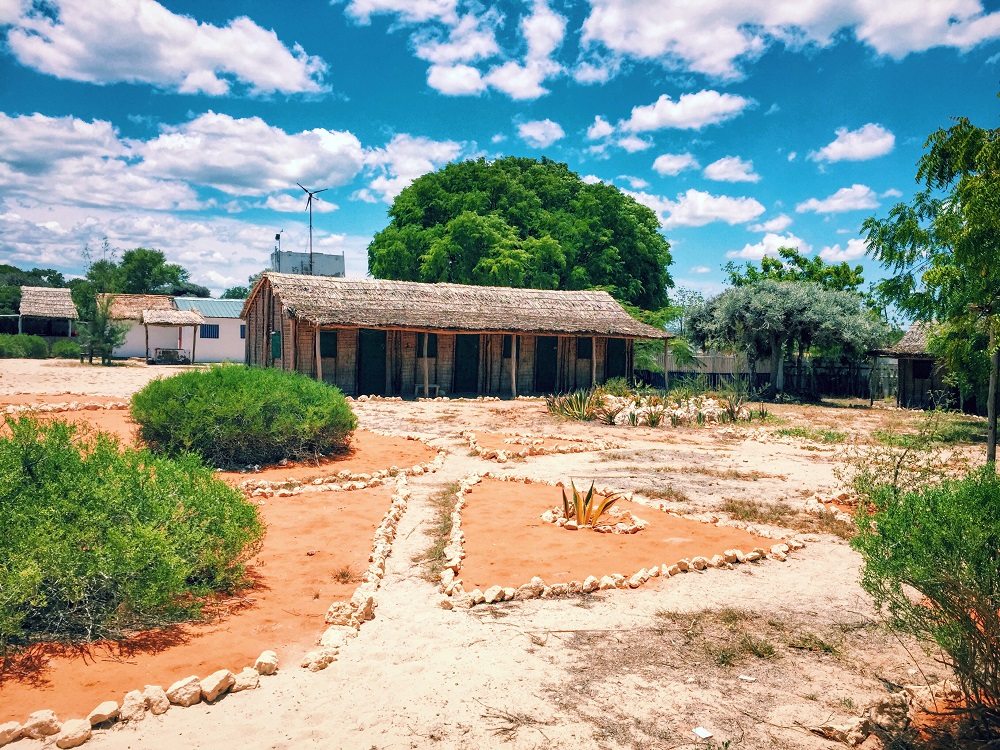
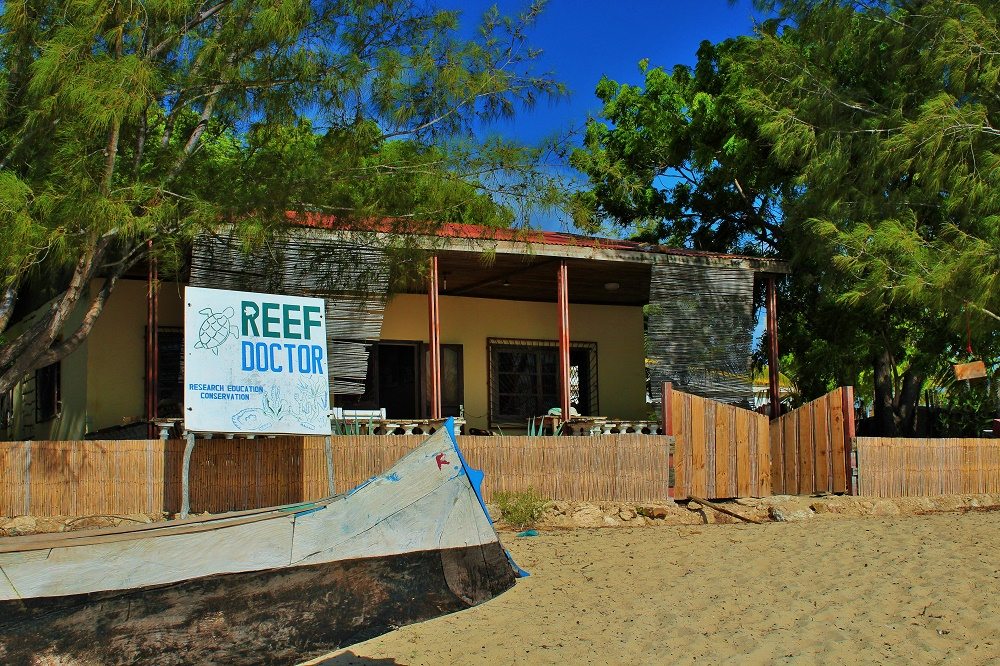
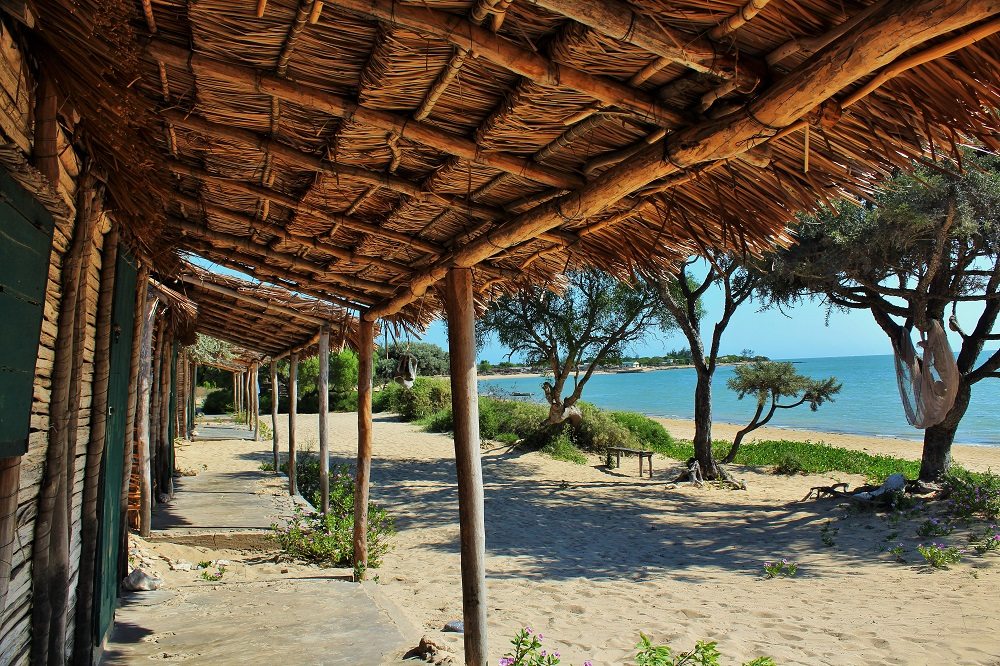
Waking up to the sandy beaches in front of our project site provides an idyllic lifestyle, as does watching the sun set over the lagoon every evening followed by stargazing underneath the breath taking milky way. The living conditions are very basic, but living simply, next to a traditional Malagasy fishing community, is an incredible and unique life experience!

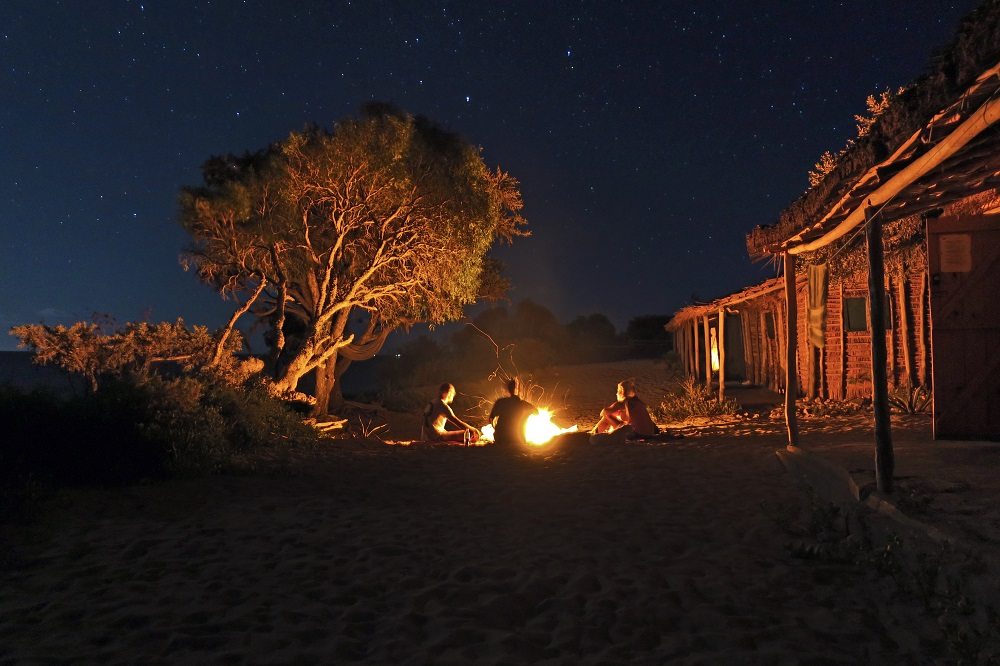
Reef Doctor Honko Project Site
Volunteers on our mangrove programme are based at our rustic compound in the village of Ambondrolava, 12 km north of Toliara. Ambondrolava is a small village whose livelihood is based on the sale of vondro, a reed commonly used to build traditional Malagasy houses. Our base is situated on the fringe of the mangrove forest, 800 m from the main road and village.
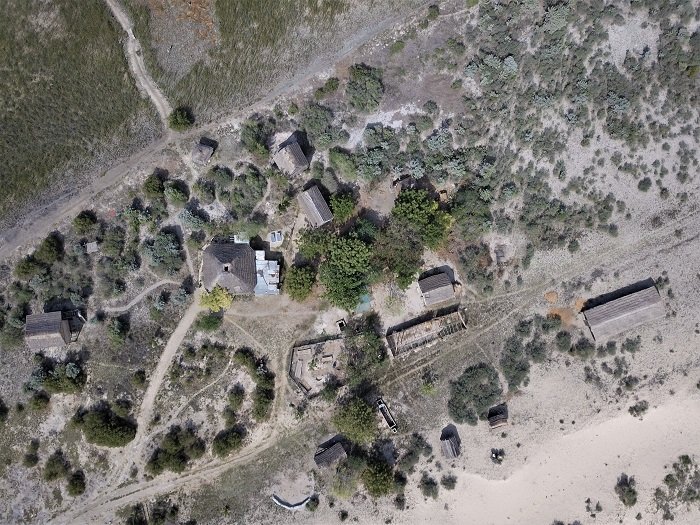
Our site here is made up of one main house, the volunteers’ house, two wooden huts for staff, kitchen/dining area, the VOI’s (local association) main office, and two plant nurseries. The main house is used as a work area for the team and volunteers; it is also used as dining room at night and kitchen. Two solar panels provide electricity with limited access during the day and for the lights in the main house at night. We have no permanent internet on site, a key is available for limited connection time, otherwise Toliara is nearby and all the cafés and hotels have good Wi-Fi. The basic volunteer house is built of cement and vondro (local reeds), it is a shared house with two bunk beds. Showers are taken in a small bathroom using water from the on-site well, and there are two basic dry toilets.
